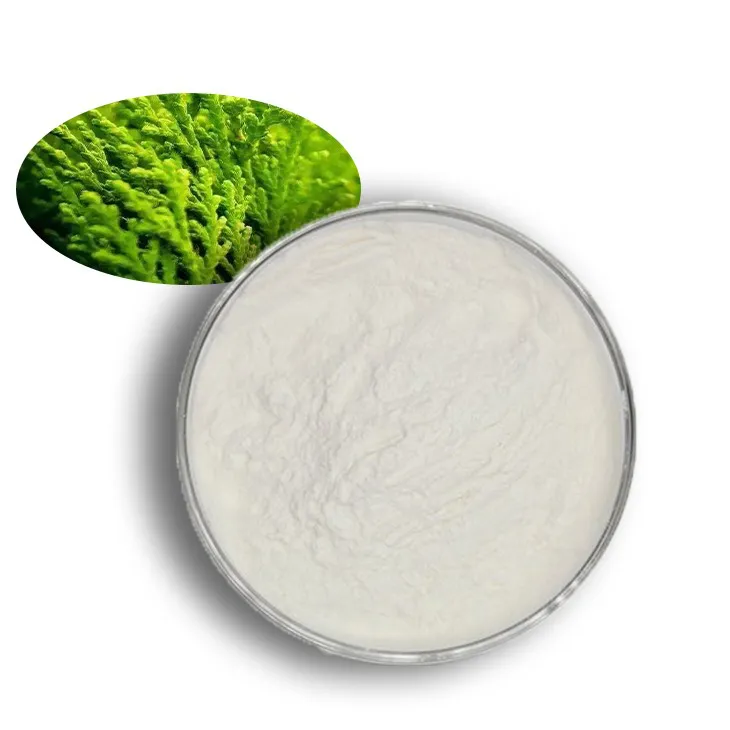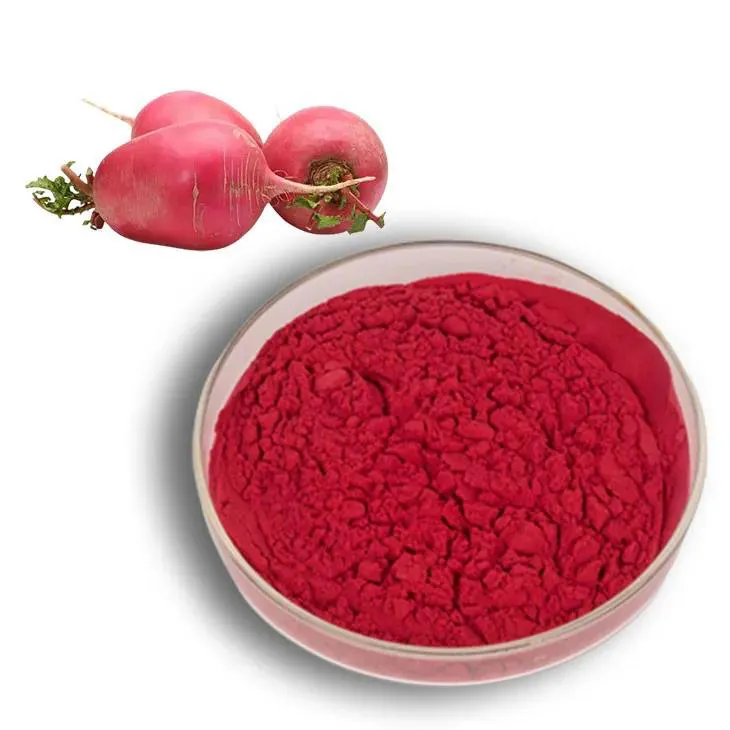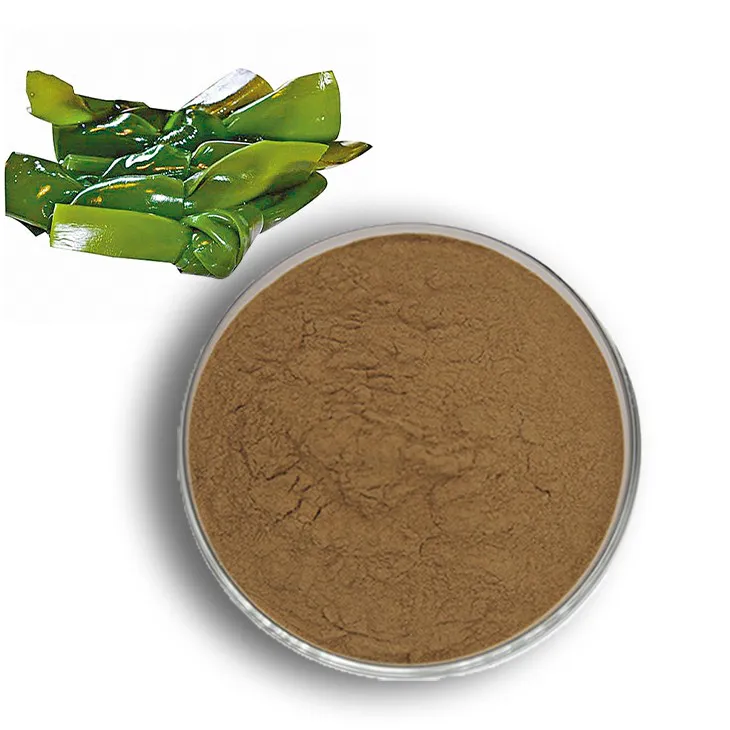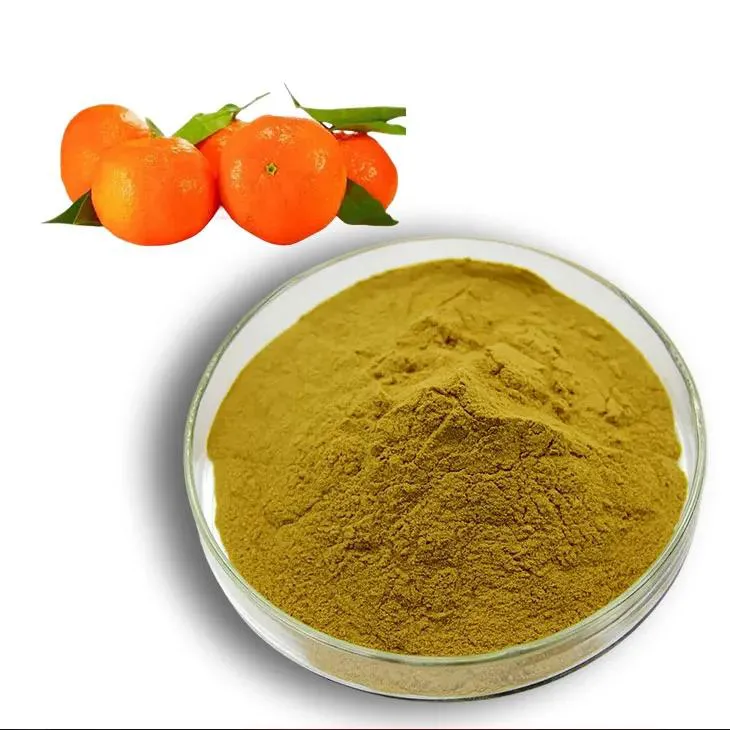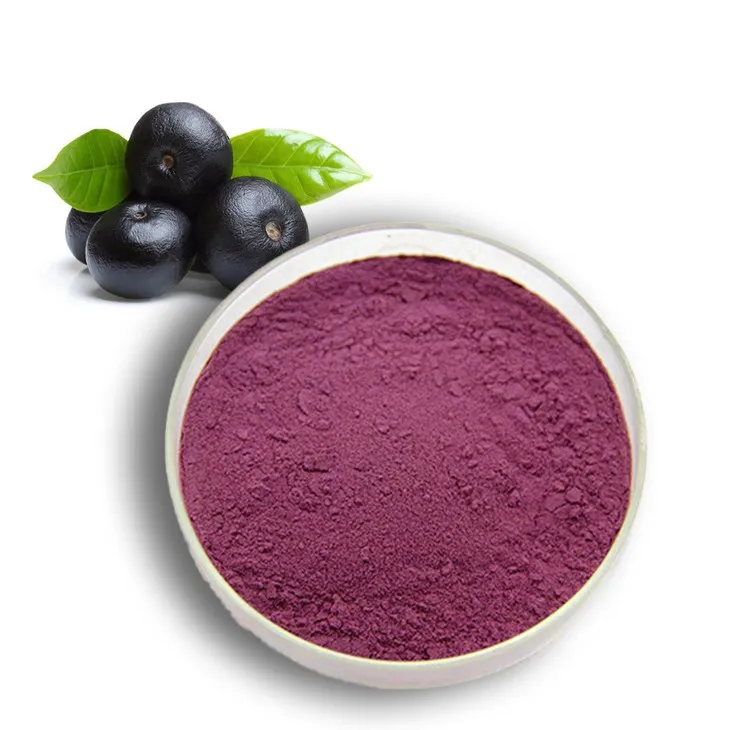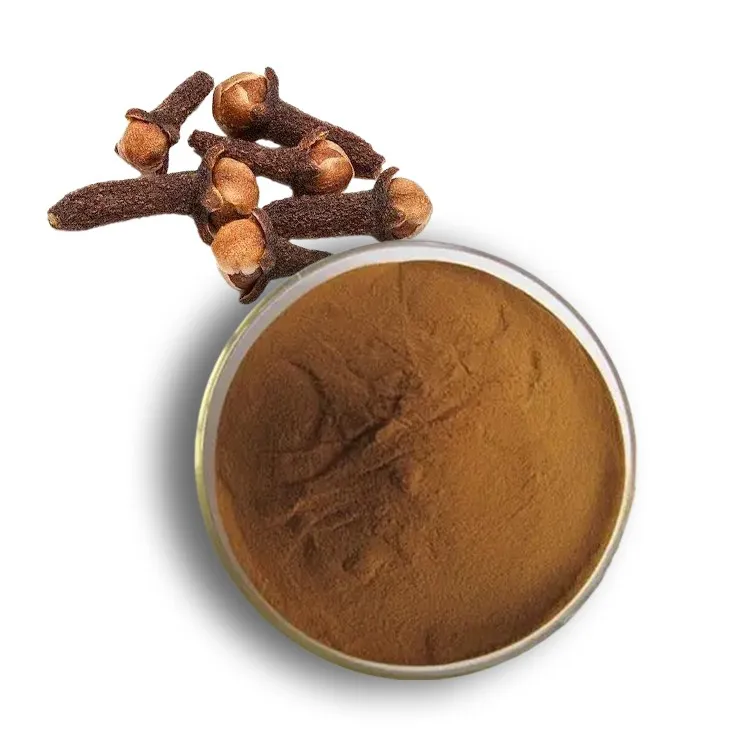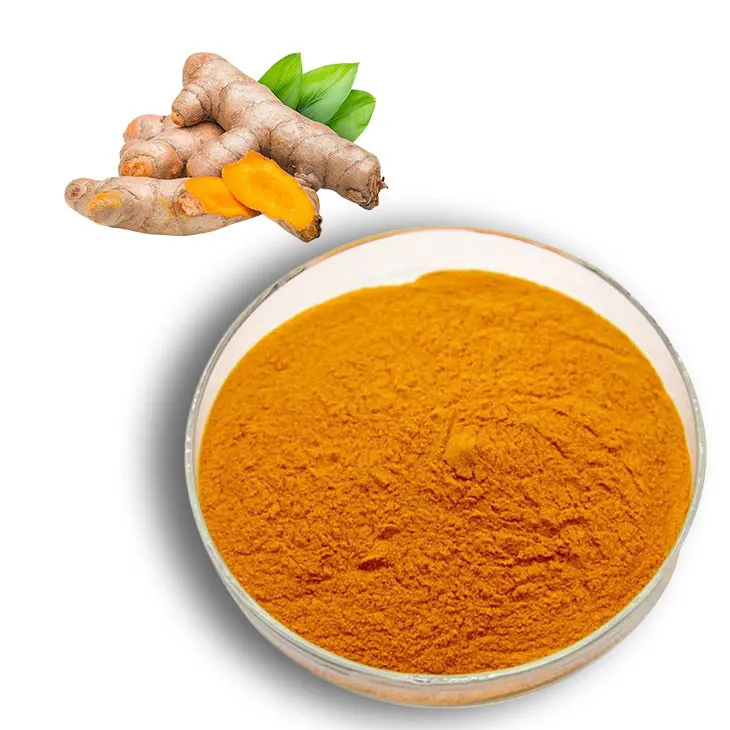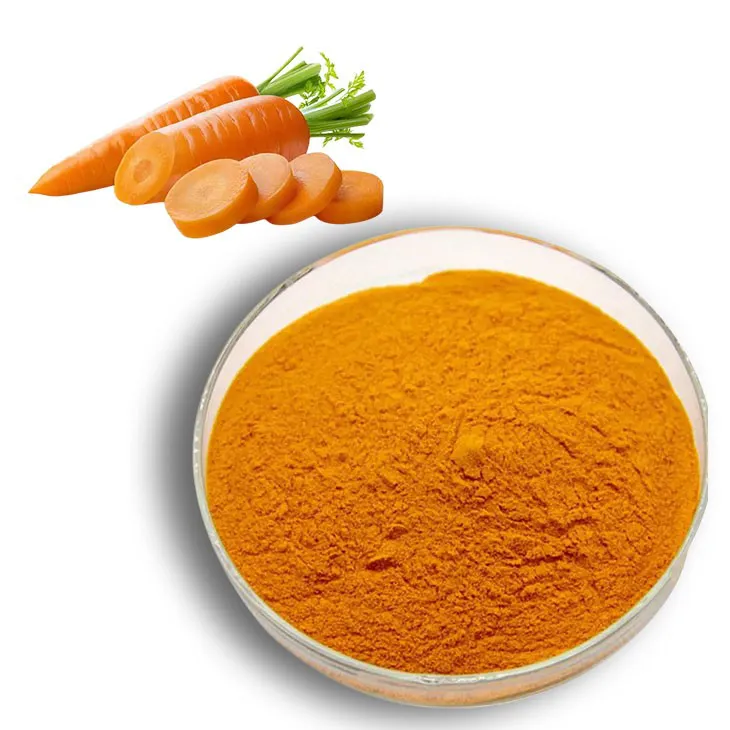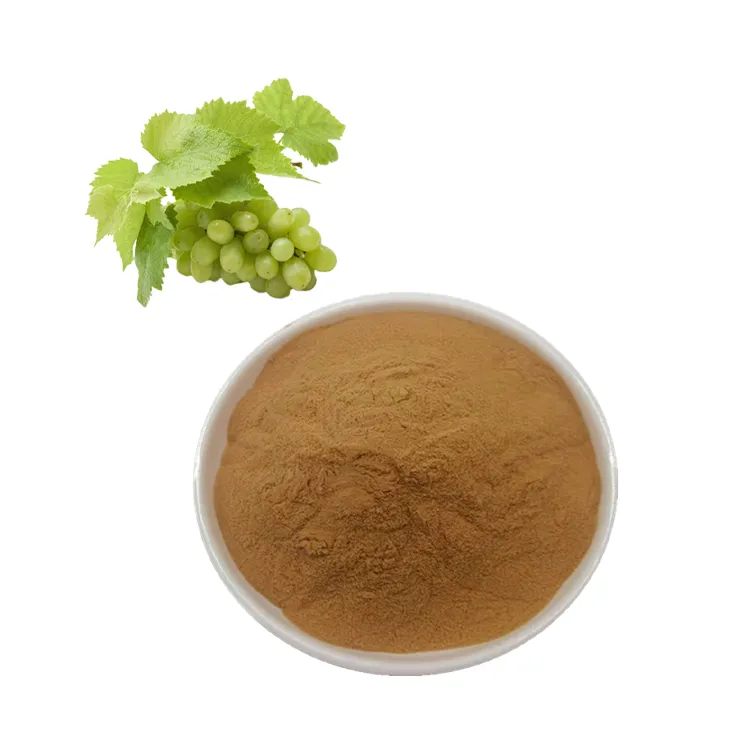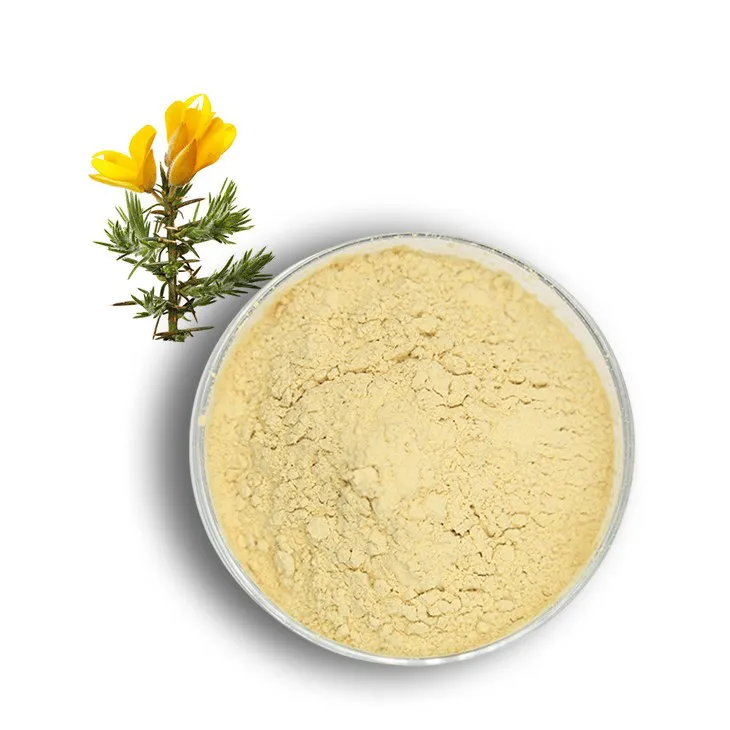- 0086-571-85302990
- sales@greenskybio.com
Red Clover: Traditional Uses and Modern Health Benefits
2025-05-01
Red clover (Trifolium pratense), a vibrant herb from the legume family, has long been cherished for its medicinal and nutritional value. Originally native to regions in Europe, Western Asia, and Northwest Africa, red clover now thrives in temperate climates around the world, including North America and Australia. Its rich history, potent phytonutrients, and varied health applications make red clover an enduring symbol of nature's healing power.
Historical Significance
Red clover's medicinal use dates back centuries, with ancient Greek and Roman herbalists praising its therapeutic properties. Traditional Chinese Medicine utilized it for respiratory and skin health. During the Middle Ages in Europe, it became a staple for treating coughs and skin conditions, as well as purifying blood.
By the 19th century, red clover was recognized in Western herbalism for its benefits to women's health. Its ability to enrich soil nitrogen due to its relationship with nitrogen-fixing bacteria also made it valuable agriculturally. Known by names such as meadow clover and purple clover, its scientific name refers to its trifoliate leaves. Red clover is celebrated in folklore for its associations with luck and protection.
Phytonutrients and Health Benefits
Red clover is a rich source of bioactive compounds, including isoflavones like Genistein and daidzein, which mimic estrogen. These compounds, along with flavonoids, coumarins, and essential minerals such as calcium and magnesium, provide antioxidant, anti-inflammatory, and hormone-balancing effects.
Hormonal Health: Red clover is popular for relieving menopausal symptoms such as hot flashes and mood swings. It supports bone health in postmenopausal women by reducing the risk of osteoporosis.
Cardiovascular Benefits: Its isoflavones improve arterial flexibility and lower LDL cholesterol, promoting heart health. Anti-inflammatory properties make it protective against chronic diseases, including hormone-sensitive cancers.
Detoxifying Properties: Traditionally used to support liver function and cleanse blood, red clover is common in detox formulas. It acts as an expectorant to relieve respiratory issues like bronchitis.
Red clover can be consumed as teas, tinctures, capsules, or topically applied for skin conditions.
Culinary Uses and Recipes
Red clover's mild flavor makes it versatile in culinary applications. Here are some ideas:
1. Red Clover Tea Blend: Mix dried flowers with chamomile and peppermint for a soothing tea.
2. Spring Salad: Combine fresh red clover flowers with greens, strawberries, and balsamic vinaigrette.
3. Red Clover Smoothie: Blend flowers with banana, almond milk, and honey for a nutritious drink.
4. Red Clover-Infused Honey: Steep flowers in warm honey for a sweet treat.
5. Red Clover Soup: Add dried flowers to vegetable or chicken broth for a flavorful soup.
Red clover’s broad range of applications—from tea and tinctures to culinary use—highlights its significance in herbal medicine. With its benefits spanning hormonal support, cardiovascular health, and more, red clover remains a valuable resource for modern wellness, reflecting the enduring wisdom of natural healing practices.
- ▶ Hesperidin
- ▶ citrus bioflavonoids
- ▶ plant extract
- ▶ lycopene
- ▶ Diosmin
- ▶ Grape seed extract
- ▶ Sea buckthorn Juice Powder
- ▶ Beetroot powder
- ▶ Hops Extract
- ▶ Artichoke Extract
- ▶ Reishi mushroom extract
- ▶ Astaxanthin
- ▶ Green Tea Extract
- ▶ Curcumin Extract
- ▶ Horse Chestnut Extract
- ▶ Other Problems
- ▶ Boswellia Serrata Extract
- ▶ Resveratrol Extract
- ▶ Marigold Extract
- ▶ Grape Leaf Extract
- ▶ blog3
- ▶ Aminolevulinic acid
- ▶ Cranberry Extract
- ▶ Red Yeast Rice
- ▶ Red Wine Extract
-
Carrageenan Extract Powder
2025-05-01
-
Beetroot juice Powder
2025-05-01
-
Kelp Extract Powder
2025-05-01
-
Citrus bioflavonoids
2025-05-01
-
Acai Berry Extract
2025-05-01
-
Clove Powder
2025-05-01
-
Curcuma Longa Extract/Turmeric extract
2025-05-01
-
Beta Carotene
2025-05-01
-
Grape Leaf Extract
2025-05-01
-
Genistein
2025-05-01











